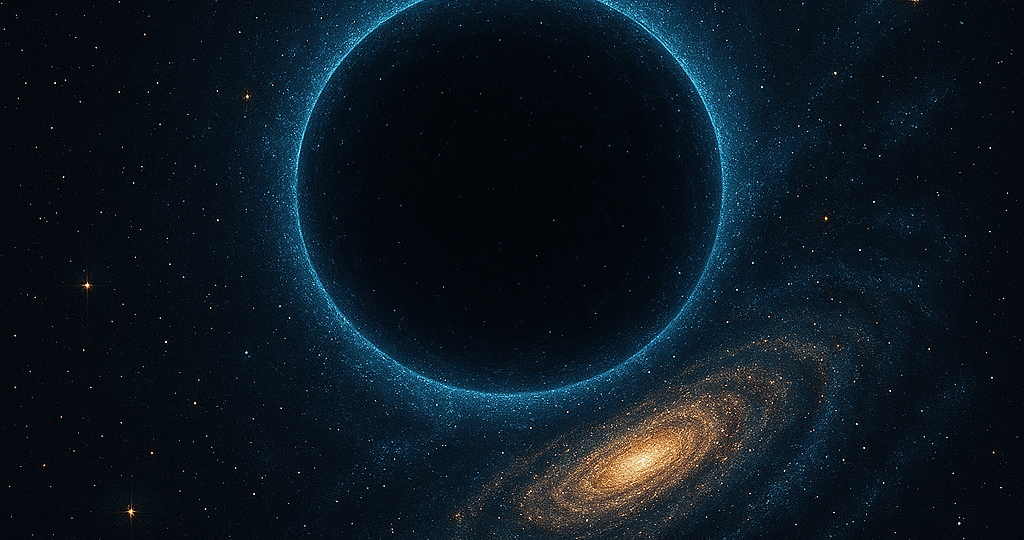
When you look up at the night sky, you see stars, planets, and maybe the faint glow of the Milky Way. It feels like space is mostly empty, with just a sprinkle of cosmic lights. But here’s the twist: everything we can actually see — stars, planets, galaxies, you, me — makes up only about 5% of the universe. The rest is invisible. A huge chunk of that “missing stuff” is something scientists call dark matter.
So, what is dark matter? The honest answer is: we don’t really know. We can’t see it, touch it, or detect it directly. It doesn’t give off light like stars do, and it doesn’t absorb light like dust does. But we know it’s there because of how it pulls on things with gravity. Think of it like wind: you can’t see the air moving, but you know it’s real when you feel your hair blow or watch leaves swirl. Dark matter is like that — invisible, but its effects are undeniable.
One of the best clues came when scientists studied galaxies. Galaxies spin, kind of like giant merry-go-rounds made of billions of stars. If galaxies only contained the stars and gas we can see, their outer stars should be flung out into space, like children flying off a fast carousel. But they don’t. The galaxies hold together. Why? Because something extra — something heavy but invisible — is keeping everything glued in place. That’s dark matter.
So far, dark matter makes up about 27% of the universe, which means there’s six times more of it than the stuff we actually see. Scientists are still hunting for what it really is — tiny unknown particles, strange physics, or maybe even something beyond our current imagination. Whatever the answer, dark matter is a reminder that the universe is far more mysterious than what meets the eye.
RELATED POSTS
View all


